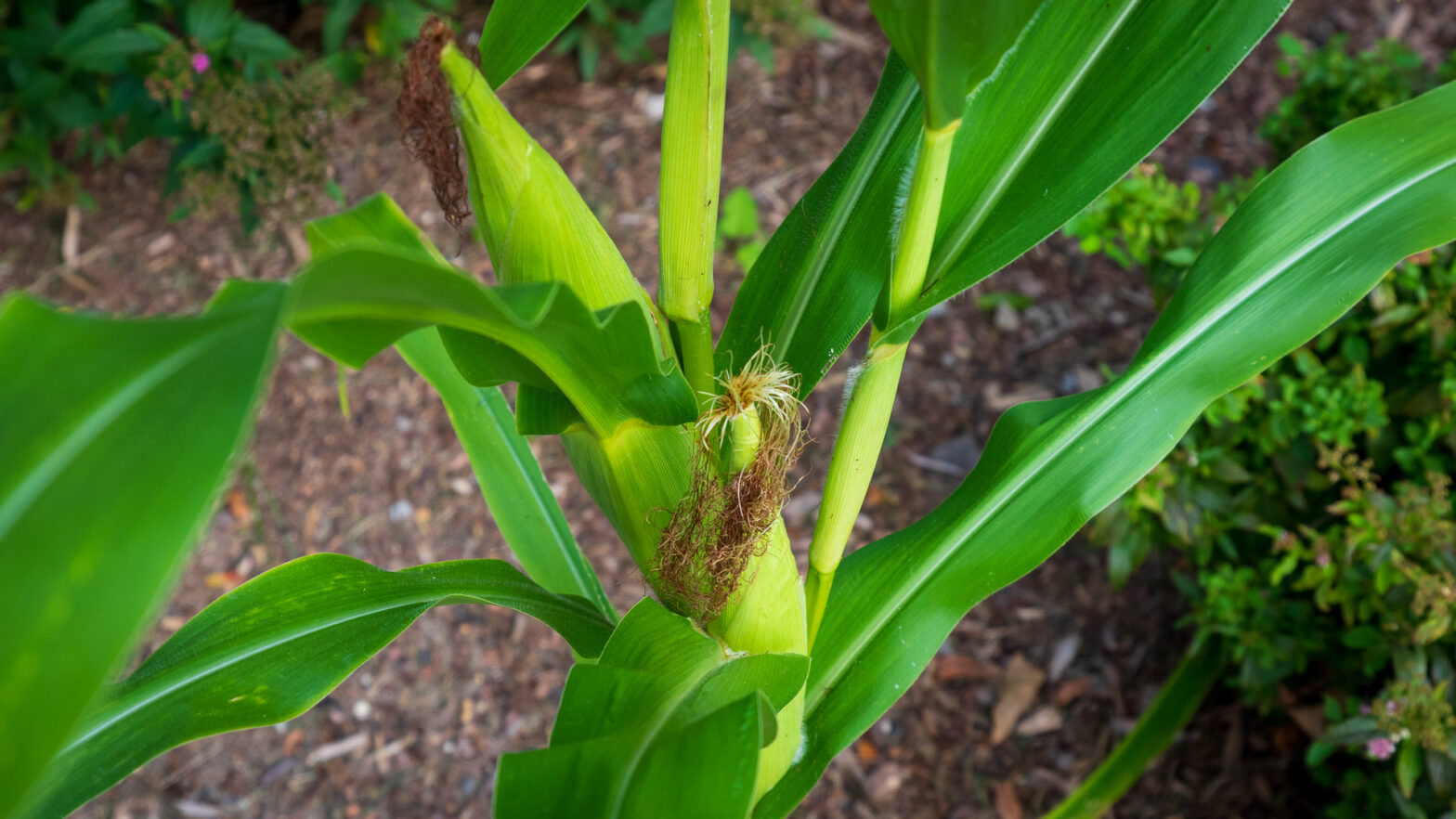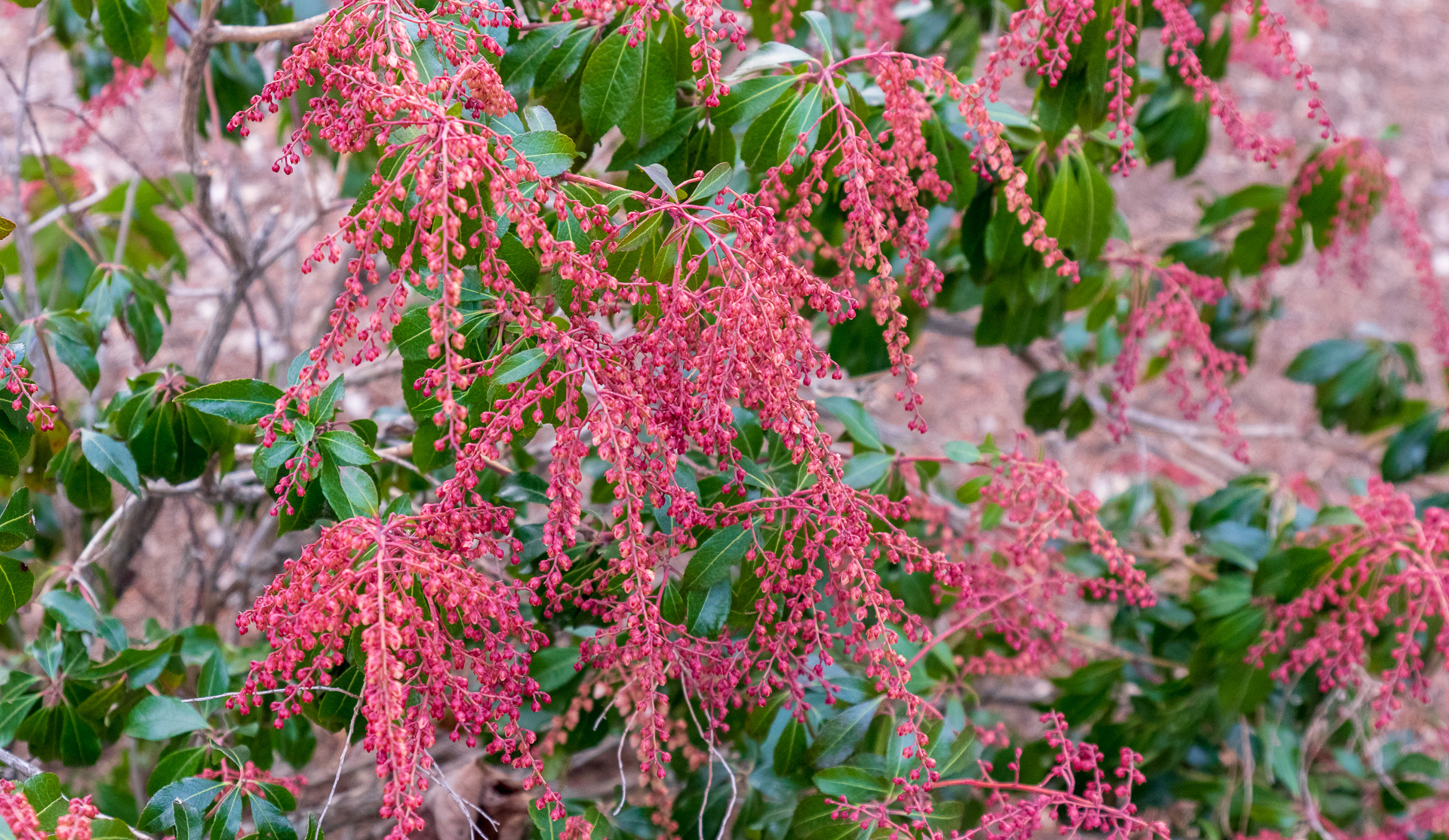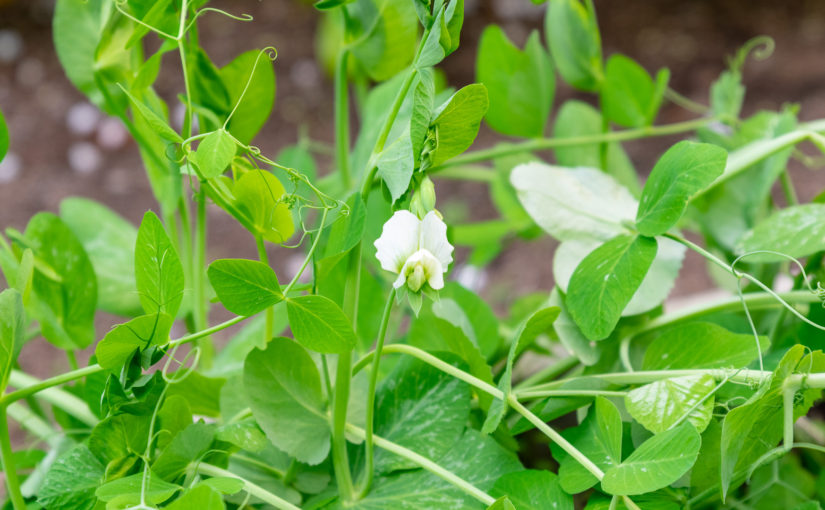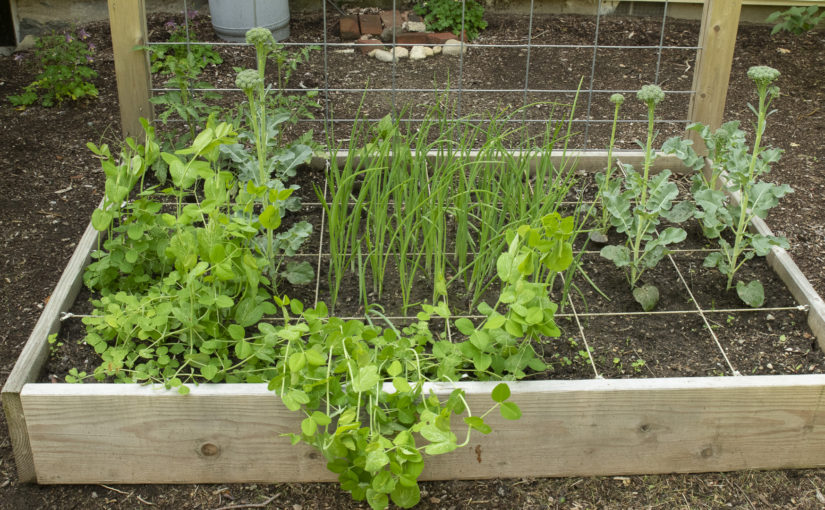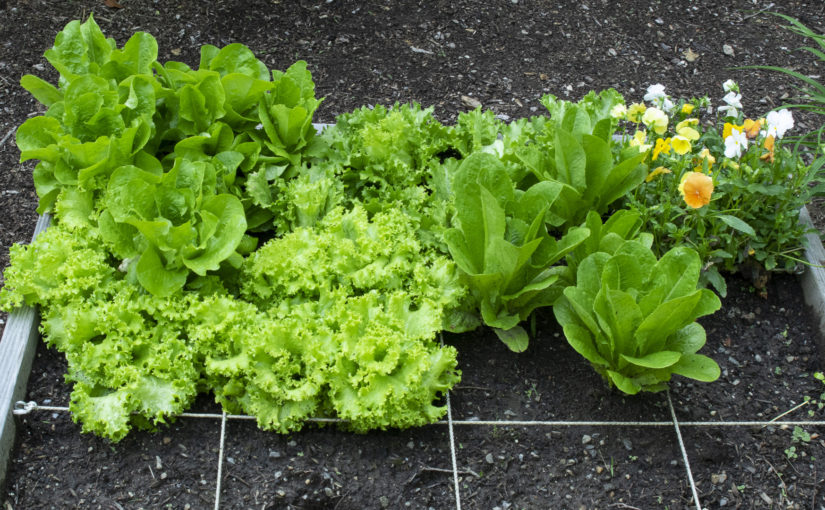I stumbled on a corn plant while maintaining a client’s garden a couple of months ago. Most people would have pulled the plant.

I love it when volunteers show up in the garden! Whether animal or vegetable, it doesn’t matter.
Nature is Random and Ordered
Nature is both random and ordered—certain plants like certain conditions. If conditions are right, those plants will grow.
In nature, plants grow in groups with some overlap. There will be fewer plants on the edge of the group than in the center. Different plants with similar requirements can grow in the same group.
Nature is not neatly sheared balls with perfect spacing and a mulch bed. Nature is quite the contrary.
Parts of a Corn Plant
Corn plants are wind-pollinated. You’ll never see a farmer grow a single row of corn. You’ll see corn growing in blocks so that the wind can spread pollen among the plants.
Wind knocks pollen off of the plant’s tassels, the male part, at the top of a corn plant.

Pollen falls onto the silk, the female part of the corn plant. There is one strand of silk for each kernel of corn.

Corn plants can have more than one ear of corn.

Where Did the Corn Plant Come From?
I would guess one of the neighbors had a bird feeder in their yard; and a raccoon, squirrel, or bird brought the corn to the garden. The animal must have missed a kernel, and it grew.
We’ve had a very wet summer with no drought—excellent conditions for corn.
I asked if it was okay to leave the corn plant when weeding the gardens in June. I forgot about it until my client sent a picture of the mature corn plant.
This photo was taken on June 30.

By August 22, the corn plant had matured.

When I gently rubbed the ears of corn, I could feel the plump, tasty kernels. I look forward to returning with the barbecue and some butter!
